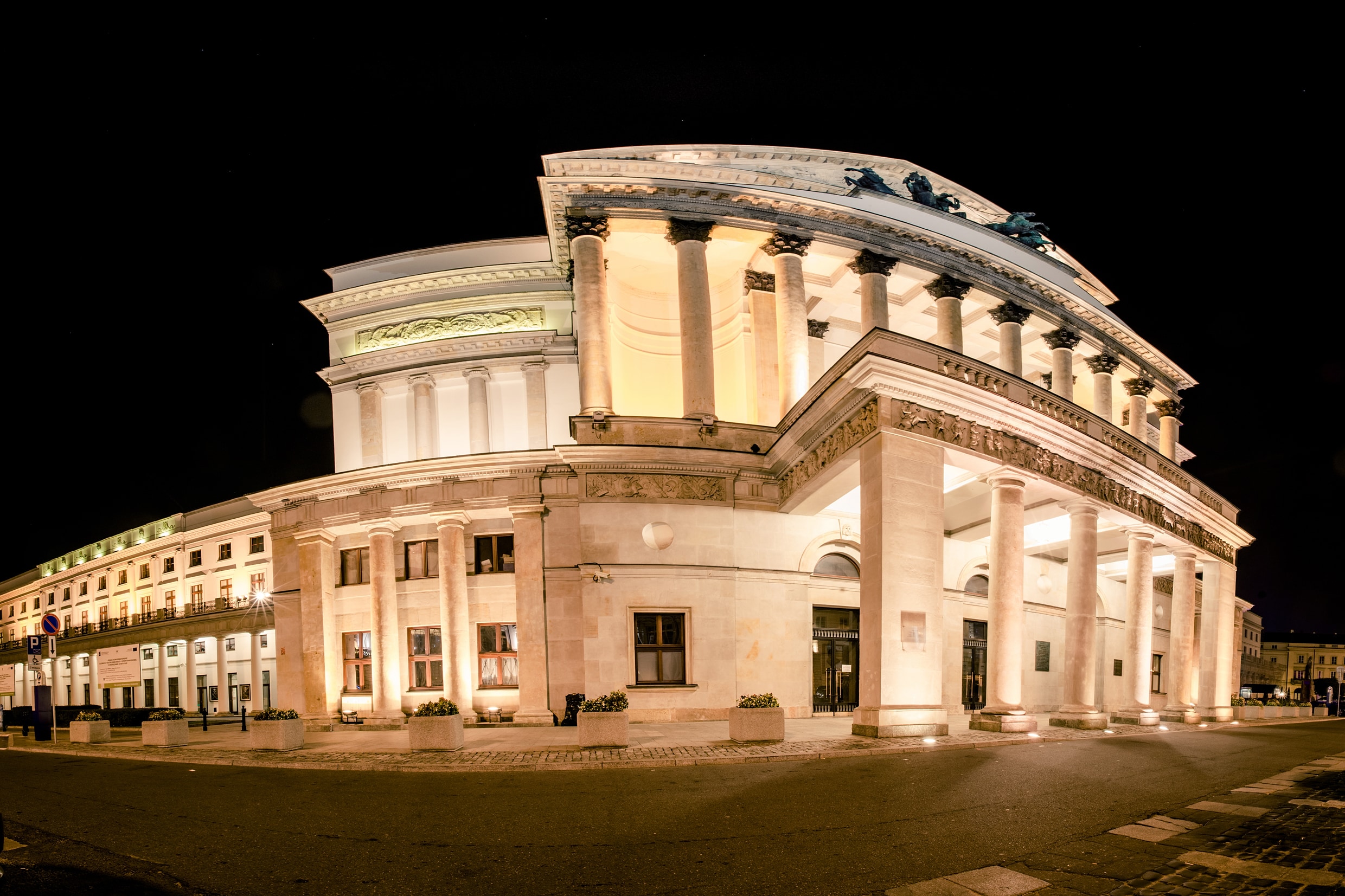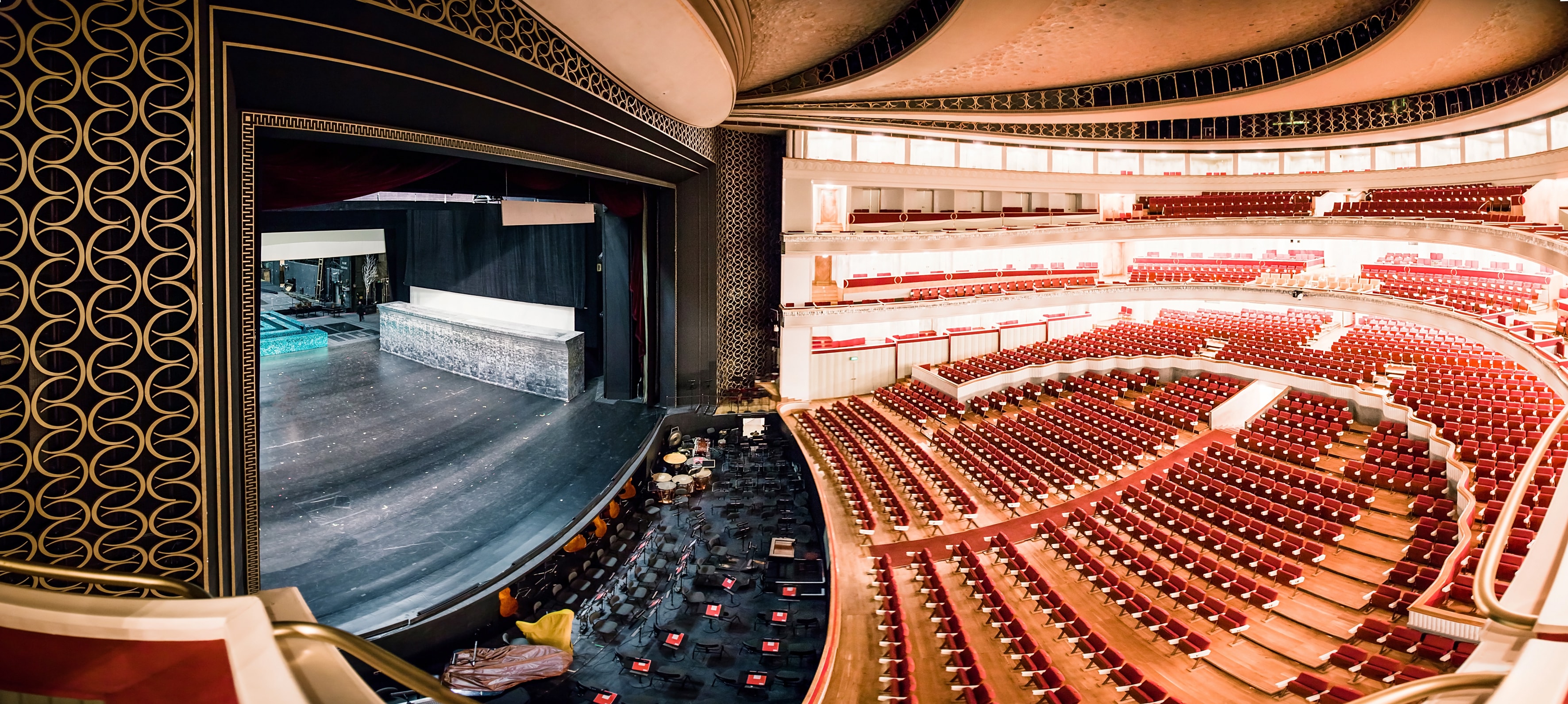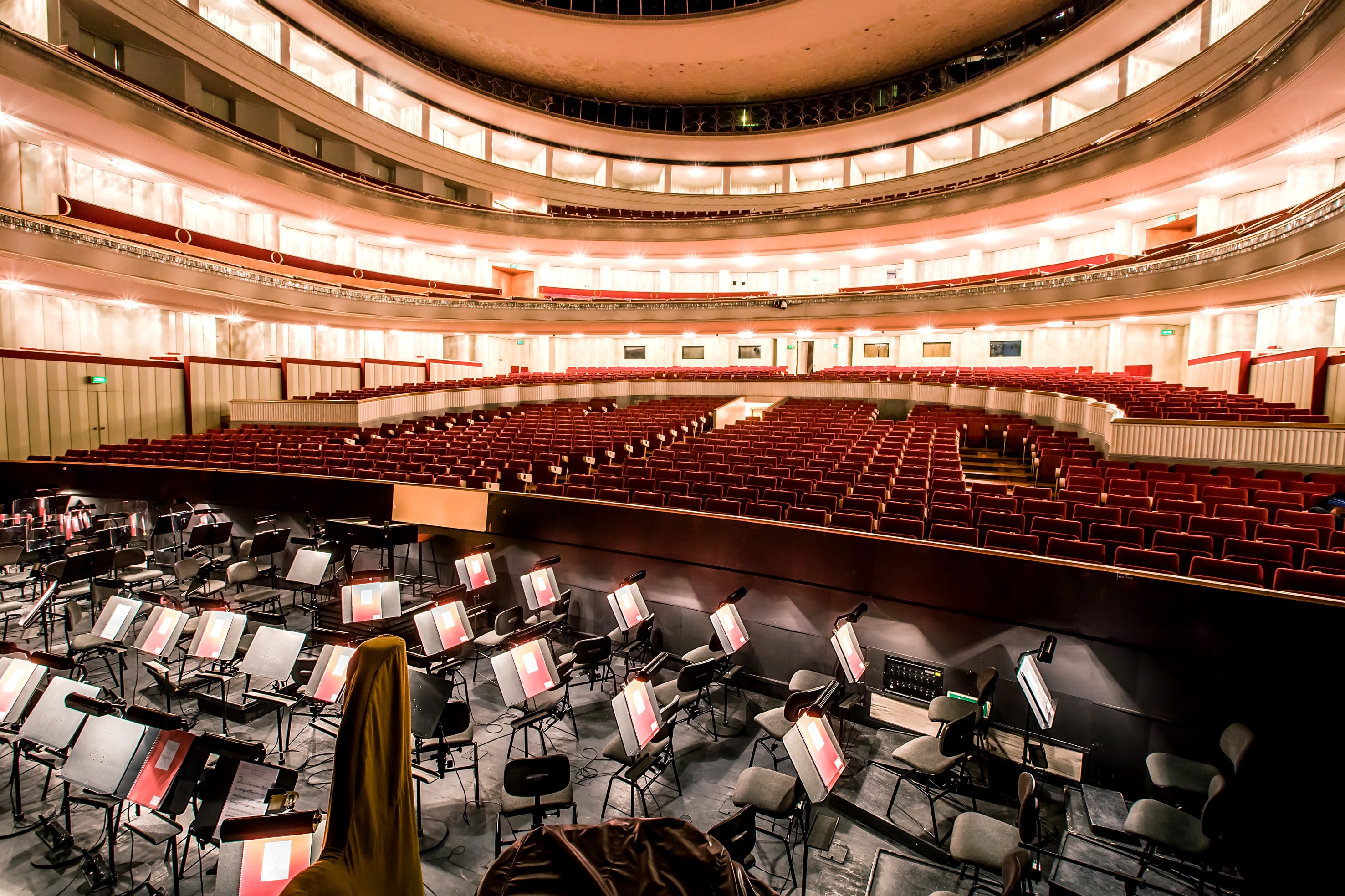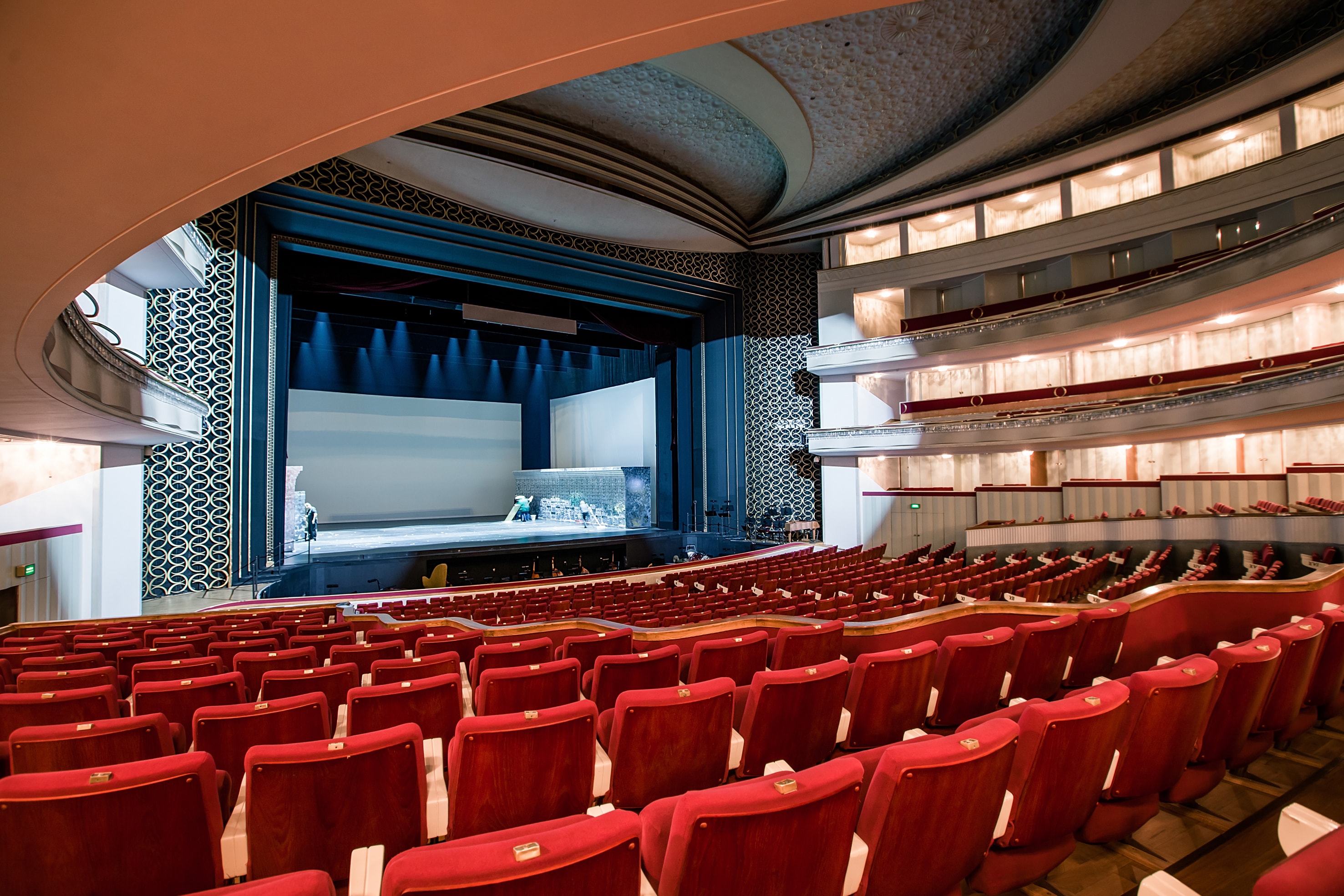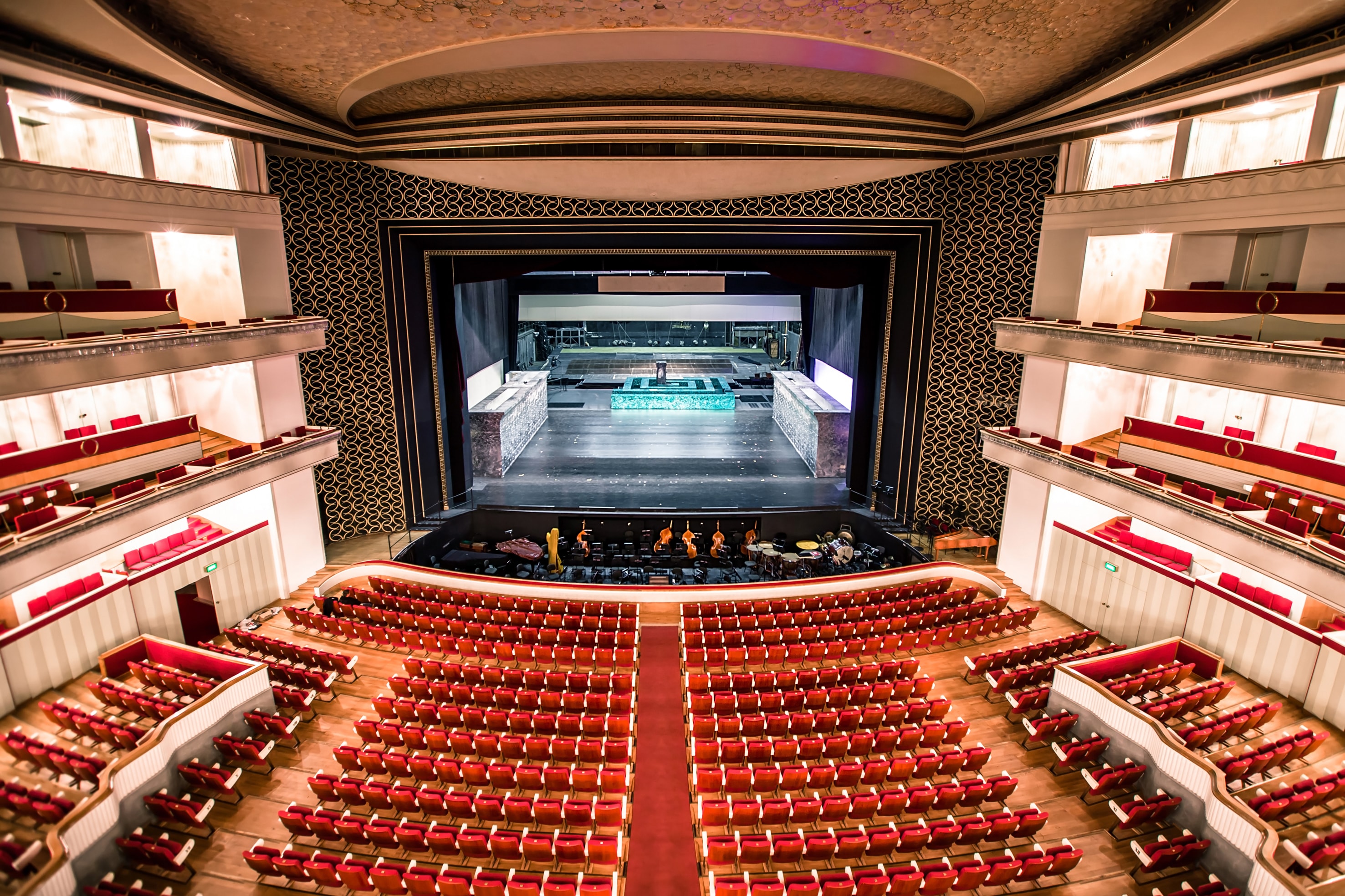Yamaha AFC3 Delivers World Class Acoustics At Grand Theatre of the National Opera, Warsaw
-
Performing Arts Center & Theater
-
Installed Sound Reinforcement
Opened in 1833 and rebuilt after its near-destruction during the Second World War, Teatr Wielki Opera Narodowa (TWON, the Grand Theatre of the National Opera) in Warsaw, Poland, has the largest stage in Europe. Measuring 36.5m x 35m and with a volume of 38,000m3, the size of the stage has contributed to many sound-related issues. To overcome them, a Yamaha AFC3 system was chosen for one of the largest acoustic enhancement installations in the world, designed and realised by a true team effort.
Collin, AFC3 tuning engineer at Audile. “We spent many days during the rehearsals fine-tuning the stage acoustics by psychoacoustic analysis… a scientific term for ‘listening’. The balance between the orchestra pit, up and down stage, upstage and audience are all taken care of by AFC3 sub-systems in an inter-dependent way, so any adjustment in one system has consequences for the others.”
He continues, “This is basically the same as tuning architectural acoustics using wall materials or reflection panels; the only difference is that we were using microphones, speakers and DSP to achieve the enhancement. As a result, we provided a number of presets for opera, concerts and ballet, with a specially designed user interface on an iPad which allows the opera technicians to recall them and, if necessary, fine tune the system themselves.
“Of course the decision of using the system and finely-adjusting the system's parameters always lies in the hands of the conductor, so we made a great effort to train the opera's technical staff and to inform visiting conductors about its benefits.”
Another challenge presented by such a vast opera stage was the handling of scenery. This can be huge, sometimes with roofs and it can block the stage communication. To overcome this, a mobile enhancement system comprising up to 40 loudspeakers and eight microphones was built to be installed inside the scenery whenever large sets are used. Used in addition to the main house system, this restores the enhancement and meant that the system had to be designed and tuned for every set design.
“The mobile system had no precedent; up to now acoustic enhancement systems have always been fixed, with the speakers and microphones never changing position,” says Grzegorz Sznyterman, acoustic consultant at Gorycki & Sznyterman. “Here, the opera insisted that the system should work equally well whatever staging was used, so after long discussions we agreed to provide a mobile sub-system, but under strict quality protocols to ensure that high audio quality would be maintained. Since the design and tuning of an acoustic enhancement system is completely different to that of conventional sound reinforcement systems, the agreed protocol included it having to be carried out exclusively by the Polish AFC3 tuning partner M.Ostrowski, leaving the fine tuning of the sub-systems, including the mobile system, to the opera's technical staff.”
The Yamaha AFC3 system is not the first acoustic enhancement system to have been installed in the Grand Theatre; a Philips multi-channel reverb (MCR) system had been installed in the 1960s, using some of the craters in the ceiling's ‘moonscape’. The AFC3 system re-used these locations for the hall reverberation while, many speakers were installed behind grilles and architectural ornaments to remain invisible to the audience.
“Integrating and installing AFC3 in such a historical venue was a big challenge,” says Lukasz Tobola, technical director at M. Ostrowski. “We had to install around 180 loudspeakers, including wiring, with each speaker connected to individual amplifier channels. Installing so many loudspeakers and microphones with around 10km of cables is a challenge on its own, but in this project everything was required to be hidden from the audience - nothing was allowed to be seen from any audience seat. It was a very challenging installation, working closely with the theatre’s conservation officer to make it perfect.”
AFC3 systems are designed to enhance a venue’s acoustics perfectly, so the audience never notices their effect - the hall will just sound perfect. The only time a concert-goer would experience the workings of the system is if it's turned off during a performance, but that normally never happens, only at the occasional demonstration.
However, the benefit for the performers on stage and in the orchestra is huge - supporting the communications between musicians and creating perfect acoustic 'ensemble conditions'. This in turn improves the performances and enhances the audience experience - through better acoustics and performances.
Many years of performing in both their home theatre and at other venues worldwide make members of the TWON Orchestra ideally situated to comment on the acoustic improvements that the AFC3 system has made to the Moniuszko Auditorium stage.
“For many years the poor acoustics of the hall made it difficult for artists to be able to feel a part of one ‘body of music’ and impossible for the audience to hear the masterpieces in a uniform way. The task was even more difficult, in particular, for musicians playing in the orchestra pit, where sound propagation was truly distorted. Hearing the soloist on stage and each other was sometimes impossible,” says TWON orchestra inspector Grzegorz Żelazko.
“All these problems have disappeared as if by magic, thanks to enormous flexibility of the AFC3 system. The acoustics of the hall can now be adapted to any type of music in a totally discreet, very efficient way. Sound capabilities, previously limited by the rigid structure of building, are now available to the musicians who can freely create spatial acoustics according to their musical imagination.”
Iza Klosinska is one of the world’s highest achieving sopranos, performing over 50 different roles in opera houses across the globe and winning many awards, including the Gloria Artis medal for services to culture, one of Poland’s highest official cultural awards. Since 2013, she has been the casting director at TWON and is a coach at the National Opera’s vocal academy.
“One of my main roles is to prepare guest artists for the acoustic environment at TWON,” she says. “Previously performances were associated with acoustic discomfort, thanks to the lack of appropriate balance between orchestra and soloists and lack of acoustically reflective surfaces. It also made moving around the stage problematic from a hearing perspective.
“The situation changed drastically after the AFC3 system was installed. Now there is a feeling of a homogenous, natural sound and artists feel tightly integrated with the performance of the musicians. They now also hear natural, dynamic differences in the sound as they move around.
“In my opinion the Moniuszko stage now guarantees the acoustic comfort for all artists, whether they are local or world-class performers.”





